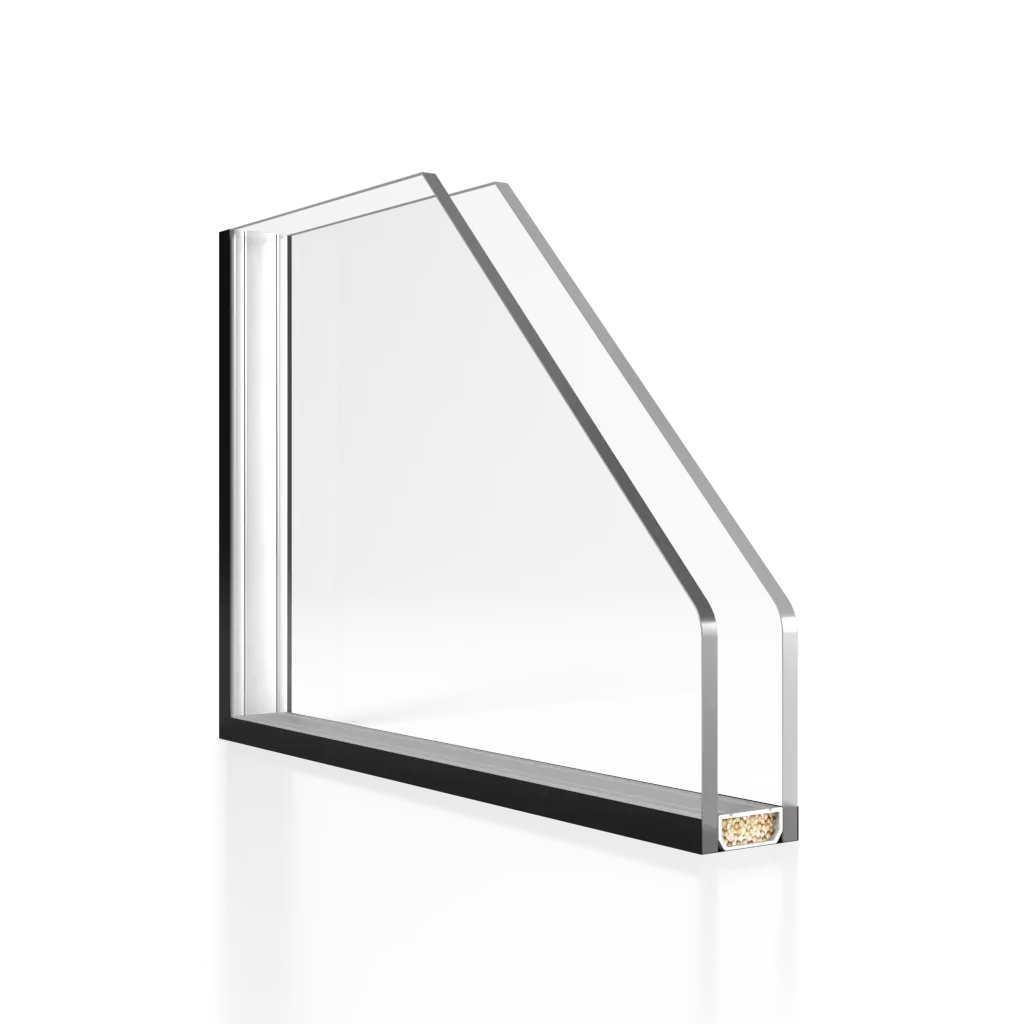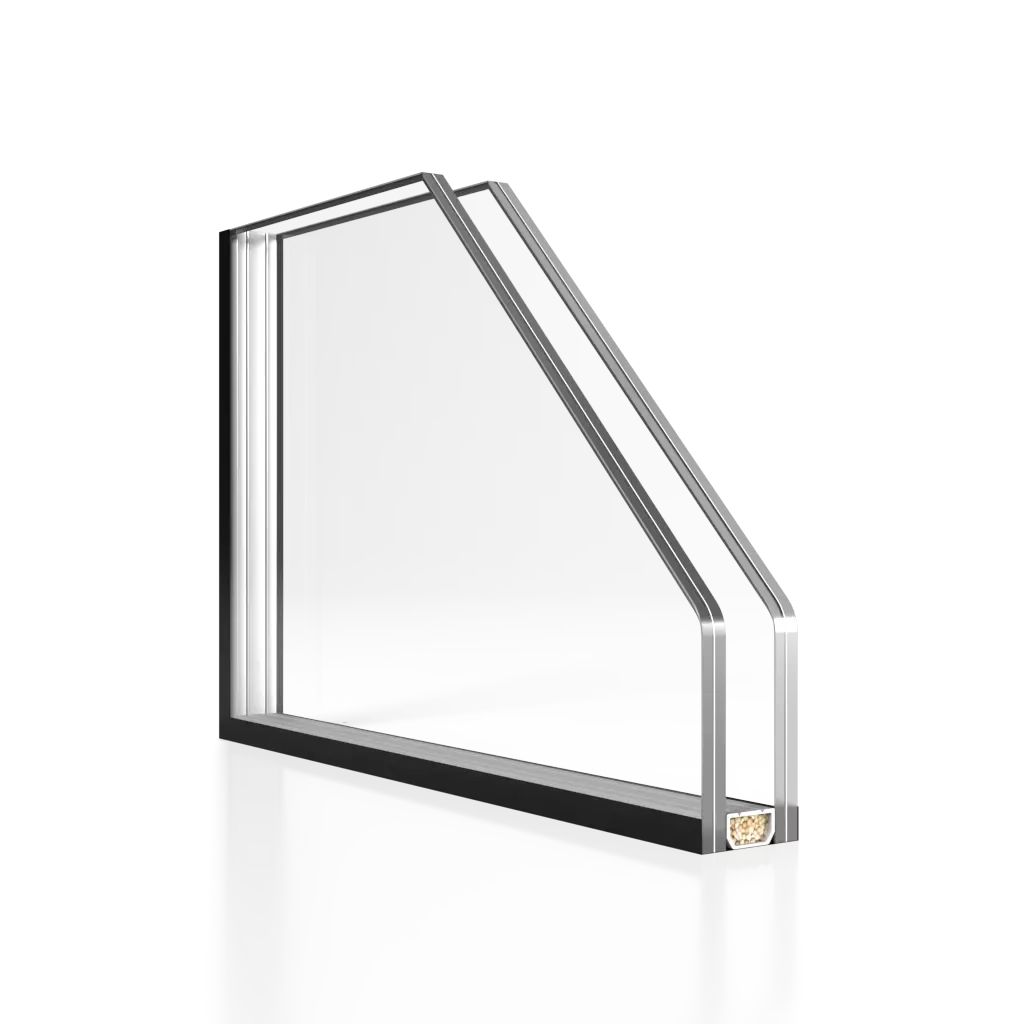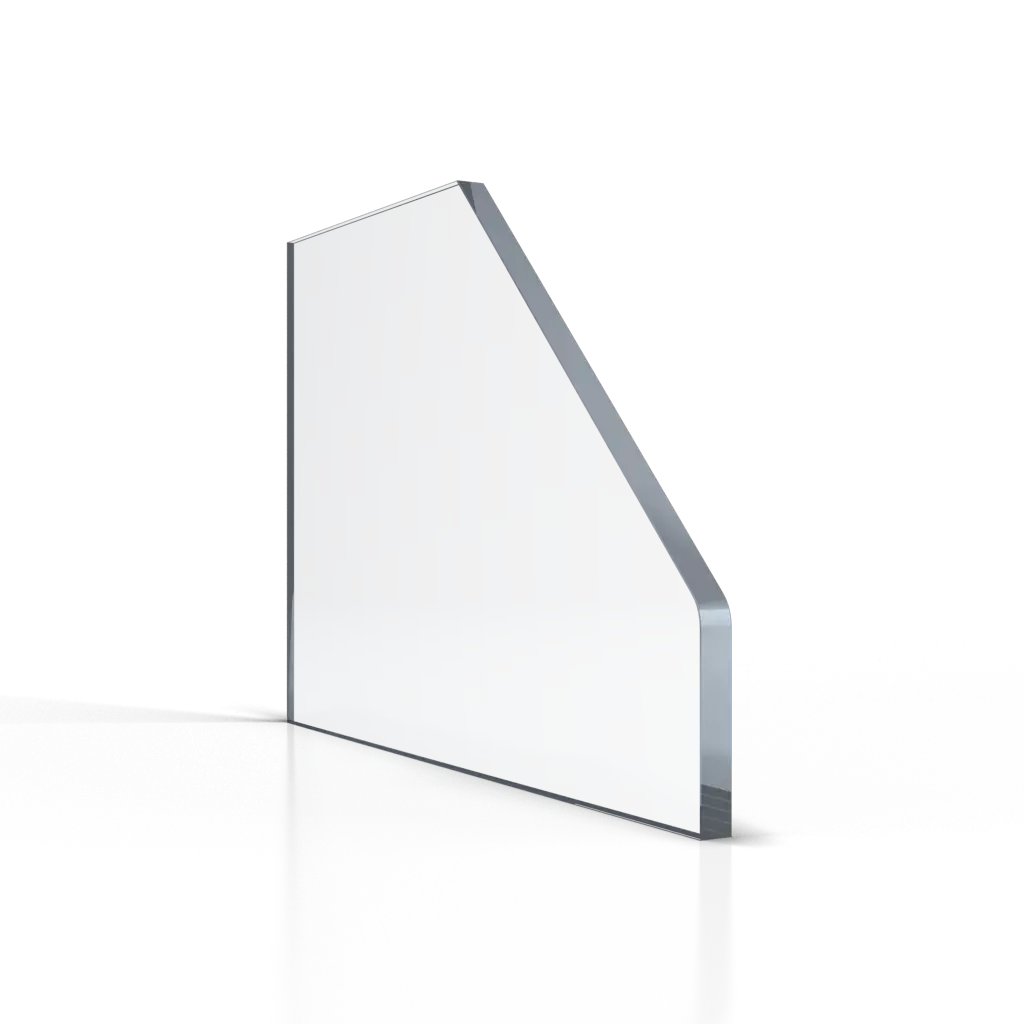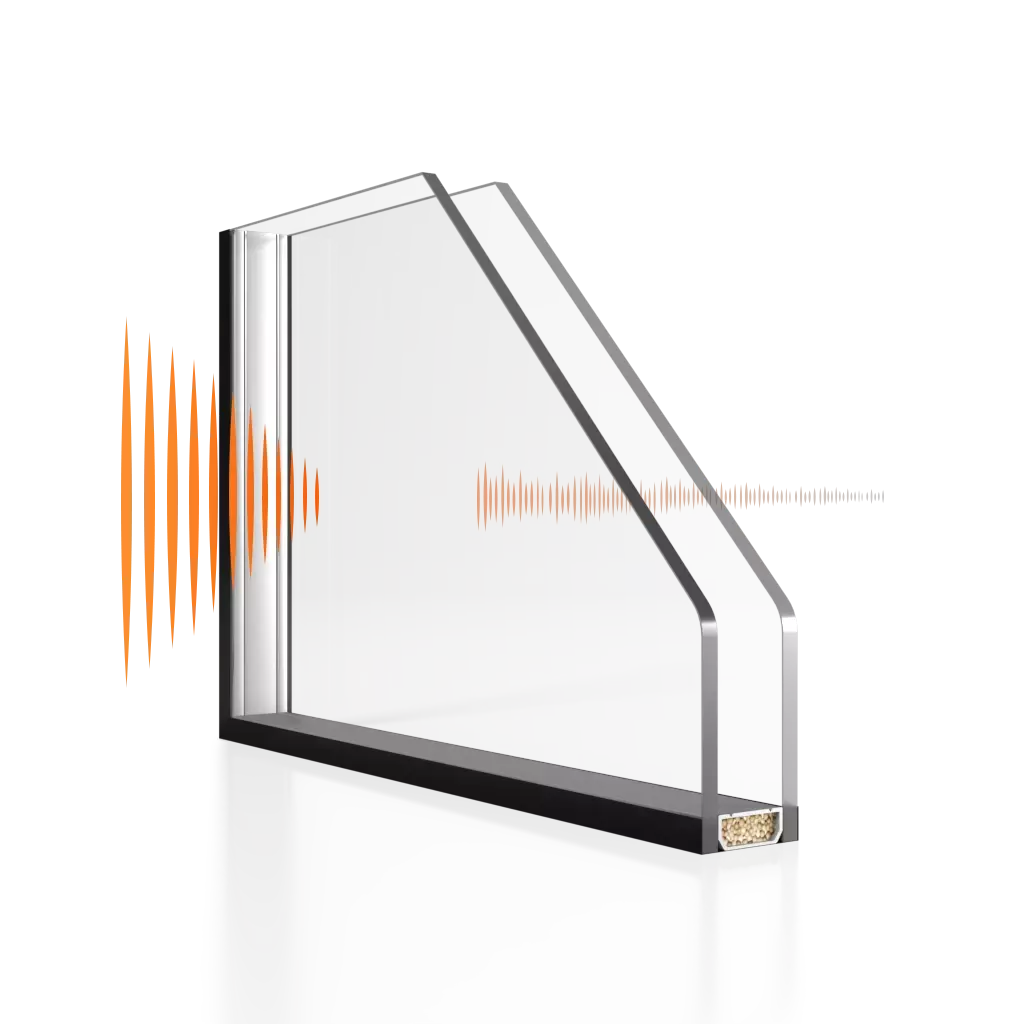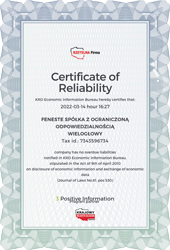What gas is used in the production of windows?
In the production of windows, carbon dioxide (CO2) or argon is often used as a gas to fill the space between the panes of insulating glass units (IGU). This area between the panes, known as the "space between the panes" or "panel space", is filled with gas to improve the thermal and acoustic insulation of the windows.
Carbon dioxide (CO2) is a natural component of the atmosphere that can be used as a gas filling the space between the panes. It has good insulating properties, is safe for the environment and does not affect human health. However, due to its availability and low production cost, argon is more commonly used in practice.
Argon is an odorless, colorless and non-toxic noble gas that has a lower thermal conductivity than air. Filling the space between the panes with argon helps to reduce heat transfer through the window, which translates into better thermal insulation and energy savings.
In addition to CO2 and argon, there are other gases such as krypton and xenon that have even lower thermal conductivity. However, they are used less frequently due to higher costs.
It is important to pay attention to the type of gas filling the space between the panes when purchasing windows. Windows filled with insulating gas offer better thermal insulation, which translates into greater energy efficiency and thermal comfort in the building.
